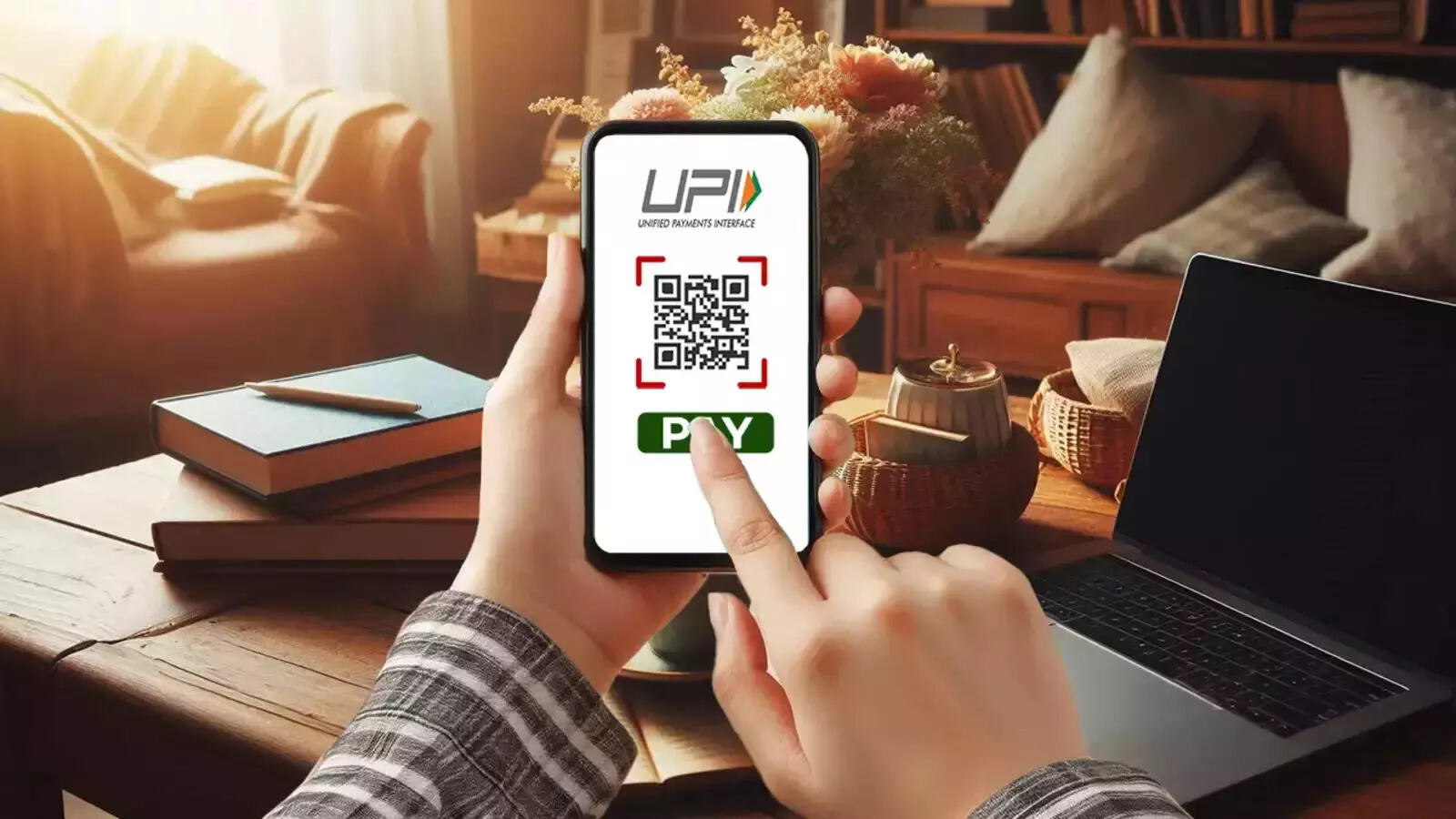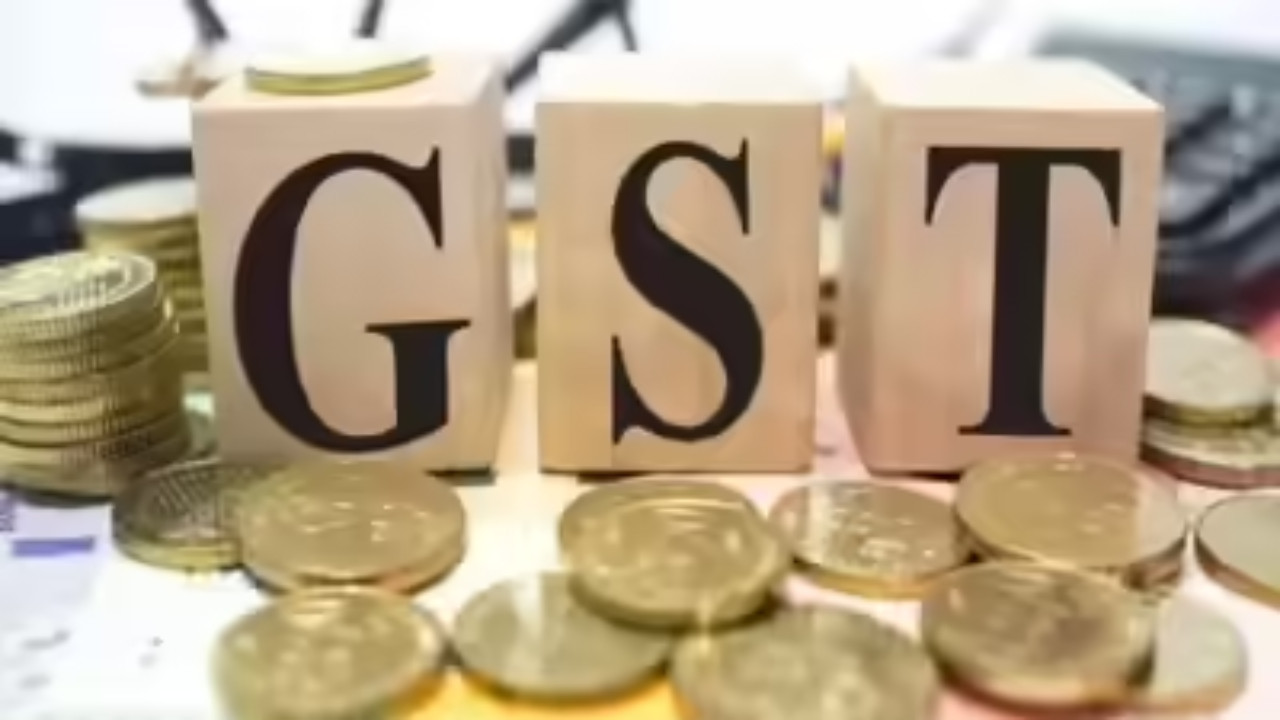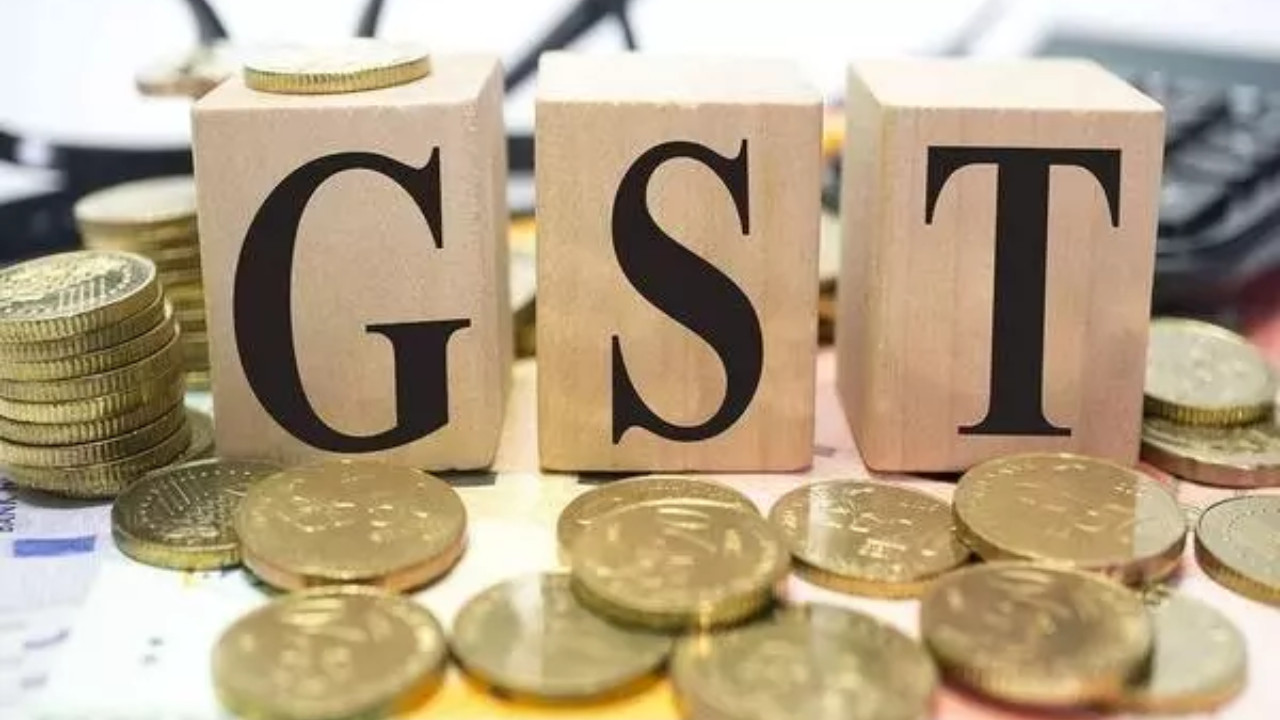UPI payments are now significantly faster, with transaction times reduced to 10-15 seconds, thanks to a directive from NPCI. This improvement aims to enhance user experience on the widely used digital payments platform.
Blink and You Might Miss It: UPI Payments Just Got Supercharged
Okay, fellow digital natives, let’s be honest: we live and breathe UPI. From that morning chai at the corner stall to splitting bills after a chaotic dinner with friends, Unified Payments Interface (UPI) has woven itself into the very fabric of our daily financial lives. It’s quick, convenient, and frankly, a godsend compared to fumbling with cash or remembering complex bank account details.
But even the best things can be improved, right? And that’s exactly what’s just happened. Prepare to be amazed because UPI payments just got a serious speed boost – we’re talking a reduction from a yawn-inducing 30 seconds to a blink-and-you-miss-it 10 seconds! Yes, you read that right. The powers-that-be have been working their magic behind the scenes, and the result is a UPI experience that’s even smoother and faster than before.
Imagine this: You’re in a rush to catch that train, frantically trying to pay for your snacks at the station kiosk. Previously, you might have been tapping your foot impatiently, watching that little loading circle spin, wondering if you’d miss your train. Now? You just scan, authorize, and bam – payment complete, all within a few heartbeats. It’s a small change, sure, but it’s one that adds up to a significant improvement in our overall user experience.
So, how did they pull this off? Well, the specifics are probably hidden in a labyrinth of technical jargon that would make your head spin. But the core idea revolves around optimizing the backend infrastructure and streamlining the communication process between different banks and payment gateways. Think of it like widening a highway – the same amount of traffic can now flow much faster and more efficiently.
This speed bump-busting improvement isn’t just about shaving off a few seconds here and there; it has far-reaching implications. Consider the impact on high-volume transactions. For merchants, faster payment processing means quicker turnaround times, reduced queue lengths, and happier customers. Think bustling marketplaces, crowded railway stations, and busy retail outlets – all places where every second counts.
Furthermore, this enhanced speed can pave the way for new and innovative use cases for UPI. Think about micro-payments, like quickly tipping a delivery driver or paying for parking. When payments are near-instantaneous, it opens up a whole new world of possibilities. We could see even greater adoption of UPI across various sectors, further solidifying its position as the dominant payment method in India.
Now, I know what you might be thinking: “Ten seconds? Is that really such a big deal?” And while it’s true that a few seconds might not seem like much in isolation, consider the cumulative effect over millions of transactions happening every single day across the country. Those seconds add up to significant time savings, increased efficiency, and a more seamless user experience for everyone.
Moreover, this development sends a clear message: innovation in the digital payments space is alive and well. The organizations behind UPI aren’t content to rest on their laurels; they’re constantly striving to improve and optimize the platform, ensuring that it remains at the cutting edge of technology. This commitment to continuous improvement is crucial for maintaining India’s position as a global leader in digital payments.
But let’s be realistic for a moment. While the theoretical reduction to 10 seconds is exciting, the actual user experience might vary slightly depending on factors like network connectivity and bank processing times. So, don’t be surprised if you occasionally encounter transactions that still take a bit longer. However, the overall trend is undoubtedly towards faster and more efficient payments.
Ultimately, this update is a win-win for everyone involved – consumers, merchants, and the digital payments ecosystem as a whole. It’s a testament to the power of innovation and a sign that the future of digital payments in India is looking brighter than ever. So, the next time you use UPI, take a moment to appreciate the speed and convenience – and maybe even use those extra seconds you’ve saved to grab an extra samosa. After all, life is too short for slow payments and unfulfilled cravings!







